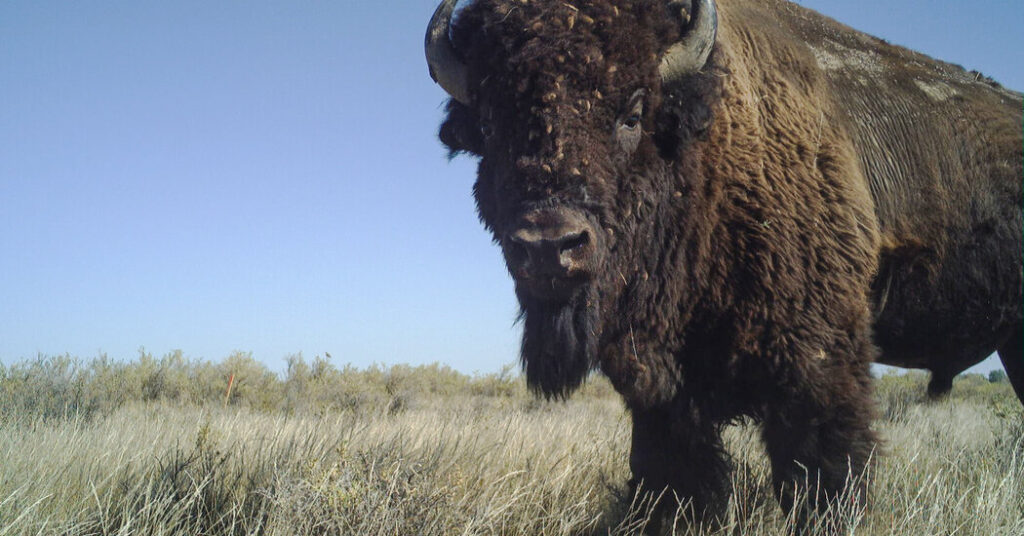Camera traps, which mechanically snap photographs of untamed animals after they detect movement and physique warmth, have grow to be key analysis instruments for wildlife biologists. The new examine is predicated on information from 102 totally different digital camera trapping initiatives in 21 international locations. (Most had been based mostly in North America or Europe, however South America, Africa and Asia had been additionally included.) The information allowed the scientists to review the exercise patterns of 163 totally different species of untamed mammals — and to maintain tabs on how typically people had been exhibiting up on the identical places.
“One of the core strengths of this paper is that you get information on both humans and animals,” mentioned Marlee Tucker, an ecologist at Radboud University within the Netherlands, who was not concerned within the new analysis.
During the pandemic lockdown interval, human exercise decreased at some venture websites whereas rising at others. At every examine location, the researchers in contrast how typically wild animals had been detected throughout a interval of excessive human exercise and a interval of low human exercise, no matter whether or not the decreased exercise got here in the course of the lockdown interval.
Carnivores, akin to wolves and bobcats, gave the impression to be extremely delicate to folks, exhibiting the most important drop-off in exercise when human exercise ramped up. “Carnivores, especially larger carnivores, have this long history of, you can say, antagonism with people,” Dr. Burton mentioned. “The consequences for a carnivore of bumping into people or getting too close to people often has meant death.”
On the flip aspect, the exercise of huge herbivores, akin to deer and moose, elevated when people had been out and about. That may very well be as a result of the animals merely needed to transfer extra to keep away from the throngs of individuals. But if folks assist maintain the carnivores at bay, that might additionally make it safer for the herbivores to return out and play.
“Herbivores tend to be a little less fearful of people, and they may actually use them as a shield from carnivores,” mentioned Dr. Tucker, who praised the examine’s authors for being “able to disentangle all these different human impacts.”


